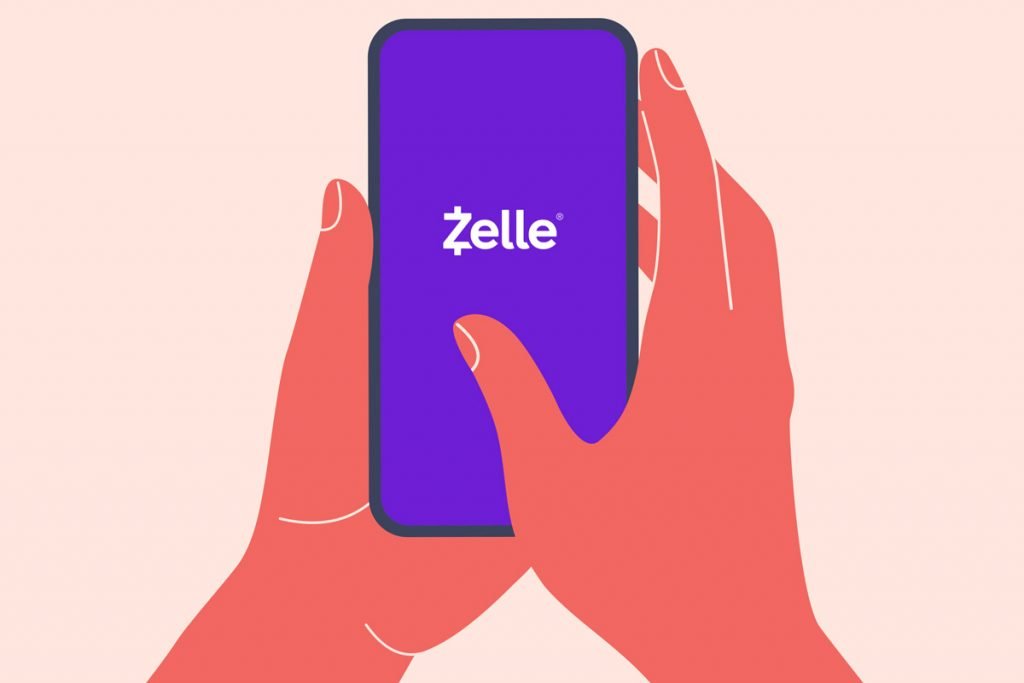[ad_1]
We live in an age of mobile payment apps like Venmo, PayPal, Cash App and, the most popular one of all, Zelle. Launched in 2017, Zelle has become the largest money transfer app in America, and it’s not even close anymore.
But now Zelle is coming under fire for the way it handles scams on its app — or the way it doesn’t handle scams.
Complaints about fraud and scams on the payment app are surging, but the big banks that run Zelle are refusing to reimburse swindled customers, according to a new report from the office of U.S. Sen. Elizabeth Warren.
We’ve got some helpful tips for how to keep your money safe on Zelle, Venmo, Cash App — all the popular peer-to-peer payment services.
Contents
Tens of Thousands of Scams
Warren, D-Massachusetts, is known as a fierce critic of America’s big banks and their business practices. Her report cites data from four banks — Bank of America, PNC Bank, Truist and U.S. Bank — that reported nearly 193,000 Zelle fraud and scam cases collectively worth $214 million in 2021 and the first half of 2022.
These were cases in which Zelle users said they were tricked into making payments. Here’s the kicker: Those banks reimbursed customers in only about 3,500 out of 193,000 cases, the report said.
Zelle: It’s Because We’re So Big
Zelle’s owner, Early Warning Services, says the rise in fraud complaints is happening only because Zelle has become way more popular in recent years: “Zelle usage has grown significantly since its launch, from 247 million transactions in 2017 to 1.8 billion in 2021, while the proportion of fraud and scams has steadily decreased.”
Zelle is operated by a coalition of seven of the country’s biggest banks: Bank of America, Capital One, JPMorgan Chase, PNC Financial, Truist, U.S. Bank and Wells Fargo.
Is It Fraud or Is It a Scam? What’s the Difference?
Banks tend to draw a distinction between “scams” — when a customer gets tricked into sending money to a swindler — and “fraud,” when a thief gets access to a customer’s account and siphons off money.
Banks typically don’t reimburse customers who say they got scammed because they can’t tell which cases are legitimate. But they’re supposed to compensate customers who had money stolen via an electronic transfer they didn’t authorize — like if someone swipes your credit card and buys things with it.
Warren is accusing banks of flouting the law by not repaying customers they’re supposed to repay. In cases in which it was clear that money actually got taken out of users’ accounts without authorization, only 47% of the money got refunded, her report said.
For what it’s worth, transferring money via smartphone app is safe most of the time. When The Penny Hoarder reviewed money transfer apps, we gave Zelle a pretty good review.
How to Protect Yourself on Payment Apps
The Consumer Financial Protection Bureau is looking at issuing new regulations requiring banks to reimburse customers for more cases of fraud and scams.
In the meantime, here are some tips on how to protect yourself when using a money transfer app. The Federal Trade Commission recommends the following:
- Don’t send a payment to claim a prize or collect sweepstakes winnings.
- Don’t give your account credentials to anyone who contacts you.
- Protect your account with multifactor authentication or a PIN.
- Before you submit payments, double-check the recipient’s information to make sure you’re sending money to the right person.
- If you get an unexpected request for money from someone you recognize, talk to them to make sure it’s really from them — and not a hacker who got access to their account.
What to Do if You Sent Money to a Scammer
Here’s The Penny Hoarder’s step-by-step guide for what to do if you’ve been scammed. And here’s the gist:
- Lock down your bank accounts and credit cards.
- Contact the three major credit bureaus.
- Change your passwords.
- Report the crime to your local police department, state regulators and the FBI.
Reporting Fraud to Your Payment App
And finally, if you find unauthorized payments or think you paid a scammer, here’s how to report it to the mobile payment app.
Zelle. Report it here: https://www.zellepay.com/support/report-scam
Cash App. Cash App recommends chatting through its app for the fastest service. To do so, open the app, go to your profile and choose Support. You can also get help through cash.app/help or by calling 1 (800) 969-1940.
Venmo. Venmo recommends chatting through its app for the fastest service. To do so, open the app, go to your profile and choose Get Help. You can also email Venmo through its contact form or call 1 (855) 812-4430.
PayPal. Report it online through PayPal’s Resolution Center or call PayPal at 1 (888) 221-1161.
Mike Brassfield ([email protected]) is a senior writer at The Penny Hoarder.
[ad_2]

